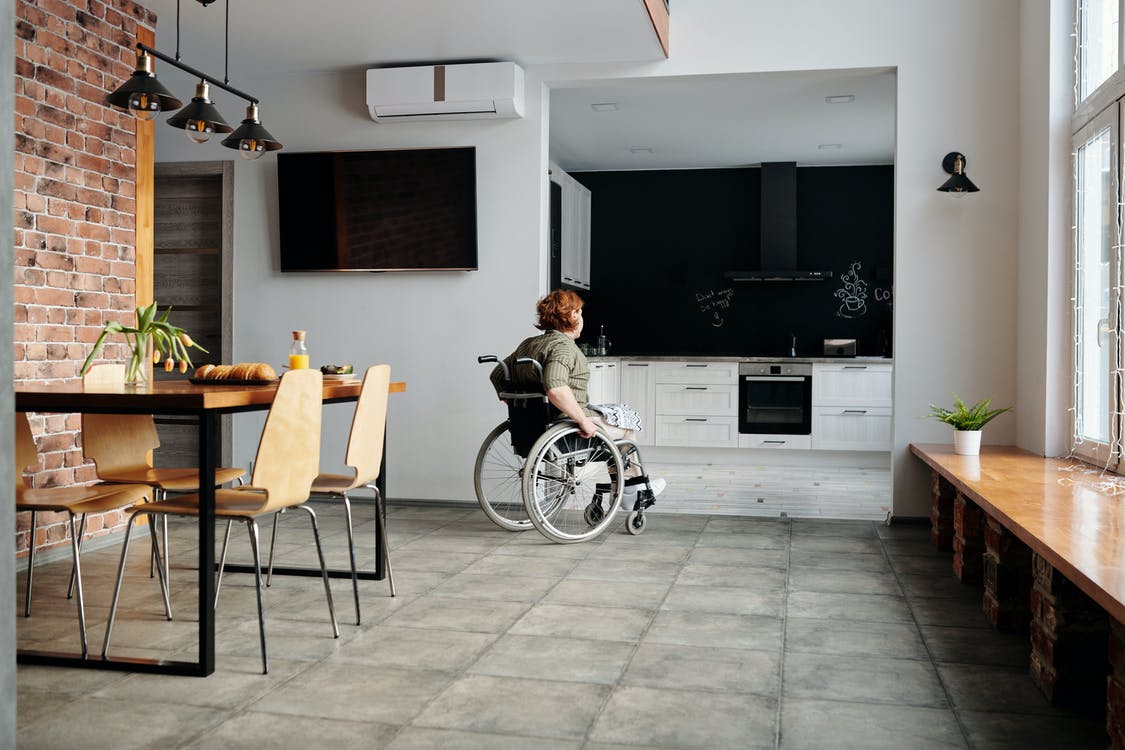
How to Find or Create the Perfect Accessible Home
If you or someone in your family is differently-abled, it’s important to find a home that is accessible. While most homes don’t offer a full range of accessible features, it is possible to make modifications to make it work. Use this guide to know what to look for when you’re house-hunting for an accessible home, and what to think about for further modifications that may be necessary for you or your family member.
Get the Experts
Before you venture too far into house-hunting on your own, first find a real estate agent or company to help you narrow down the search. There are several real estate agents on The Property Management Connection team that can help you find a home that’s right for your family, whether you're wishing to buy or rent. It’s important to have a conversation about what type of accessible features you’ll need, such as ensuring it has a wheelchair-friendly entrance and layout. PMC is also a Licensed General Contactor so they can help you with any modifications you need to make to your home.
Types of Accessible Homes
As you begin to look through real estate listings, consider what type of accessible home you need. Accessible homes can range from universal homes, aging-in-place designs, adaptable designs, and barrier-free styles.
Universal homes are created to be accessible to all, regardless of age, size, or ability. This approach extends to all aspects of home design, from countertop height to flooring materials and doorway sizes. While you might not find a home that was built with universal design in mind, there are specific aspects that you can find in other homes that might work for your needs.
When looking for an accessible home, think about how you or your differently-abled family member will move through the house. The layout is important: look for single-story homes that have wide hallways and doorways large enough to accommodate a wheelchair. Check the kitchen for countertop height, and see if the bathrooms have handrails or other accessible features.
Entrances are also important; if there’s no wheelchair ramp, determine whether you can install one. Remember that door handles and locks need to be at the right height as well, along with light switches.
Possible Modifications
If you find a home you love but it doesn’t have all the right accessible elements, consider what you might modify to make it work. For example, if the kitchen isn’t set up for a wheelchair user, you could do a renovation to lower the countertops and design the sink area to allow for a chair to slide underneath.
Or, if the layout is perfect but there’s carpet throughout, you might want to switch to hardwood floors to allow for easier wheelchair movement. Bathrooms are also easy to modify: installing handrails near the toilet and adding a seat in the shower are both fairly easy changes.
Before you make an offer on a house that would need modifications, research renovation companies that specialize in accessible homes. You might be able to get a quote in order to understand the true costs of modifications, which could help you decide whether it’s worth it to keep looking for a home that’s more appropriate.
One thing to keep in mind is that if you make any modifications to a rental property, then you need to set aside some money to restore it before you move out. It’s always important to discuss this situation with landlord beforehand so that expectations are hammered out; that way, you’ll have a better understanding of what you need to do before the end of the lease.
Financing Options
It’s worth noting that before you start your search, determining your budget is key. Especially if you’ll be buying a home. Determine how much you can afford, then research the best loan options based on your finances. If you’re a first-time homebuyer, have less-than-stellar credit or don’t have the standard 20% to put down, an FHA loan could be the best choice. You can start by filling out an FHA application, and then your lender can walk you through the rest of the process.
Searching for the perfect accessible home might be difficult, but remember that it is possible to make renovations if there are missing elements. The layout is one of the most important elements and can be the most difficult to change, so aim to find a single-story home rather than one with multiple floors. Think about what you can modify to make it more suited to your family’s needs, and consider applying for an FHA loan to help you secure your new home.
Image via Pexels





